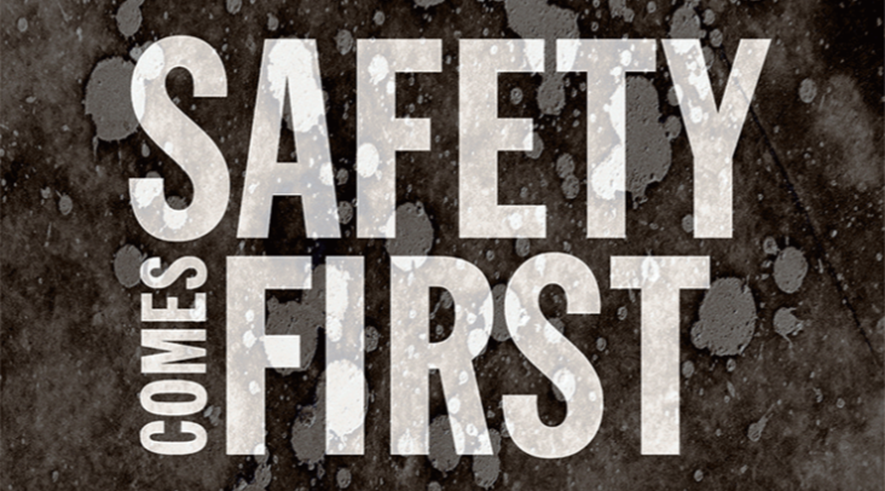
How to Make Your Safety Incentive Program Successful?

Learn how to avoid the negative effects of an incentive program and ways to increase safety in your workplace
Raising safety awareness and performance is a task that every safety manager dreams of. Eliminating injuries in the workplace, sure, let’s do whatever it takes to make that happen. In most cases the best way to get your workers inspired both visually and mentally is to start a safety incentive program.
Safety incentive programs have been around for years. Their goal is to change unsafe behaviors, reinforce safe behaviors, and improve company morale. While many organizations report positive results with incentives, others fail miserably. Negative side effects from incentive programs can include feelings of entitlement, poor morale, and failure to report accidents.
Let’s begin by reducing the concept of incentives to its most basic elements
Incentives offer a reward in return for a desired action. The theory is that if employees perform the desired action long enough, it will become a normal behavior. This sounds logical enough. So where do things go wrong?
Maybe the deficiency lies in how we define the desired action. Many organizations link desired actions with the number of accidents. With this association, it is possible – likely even – that a company will experience a decrease in the number of accidents reported.
Incentives often lead to under-reporting of accidents. A worker may choose to remain silent rather than report an accident or near miss so as not to cause the loss of his (or his team’s) promised reward. This attitude ultimately has a negative effect on the overall safety of the company – not a good way to keep your work family safe.
Placing accident-reporting posters in high traffic areas will help workers understand their responsibility in safety and encourage them to report accidents or near misses in the workplace.
So how can you create a successful safety incentive program?
When designing a safety incentive program, employers should be encouraged or rewarded for reporting injuries, illnesses, near-misses, or hazards in and around the workplace. Reporting all incidents makes the workplace a safer place.
Keep your safety incentive program simple and the award genuine.
Let’s go back to our simple definition of incentives: offering a reward in return for a desired action. Action means doing something. Rather than linking these actions with reducing the number of accidents reported, consider defining what actions employees can take that will begin to develop a high performance safety culture.
Such actions could include:
- Participating in new employee orientations
- Attending and participating in training sessions
- Participating in the safety committee
- Recording safety observations
- Attending safety meetings
- Conducting tool and equipment inspections
Each organization should create its own list of desired outcomes. Include actions for both employees and management. Remember that to develop a high performance safety culture, everyone has to take action.
Make sure that the items on your list are ones that require action to be taken. Rewards that do not require actions are not really rewards and will be quickly viewed as entitlements. It’s also important that each item on your list is measurable and verifiable.
Keep your safety incentive program fresh
One other thought about creating a safety incentive program: Change is GOOD. Monthly, quarterly, yearly – whatever works for your company – consider revising your list of actions and rewards. By continuing to update the program, employees and management are much less likely to become bored with it.
Take away
Don’t shy away from implementing a safety incentive program. The end goal of a safety incentive program is to reduce accidents and injuries. Just make sure you thoughtfully identify what actions you want to encourage and get the whole team involved.
Get your employees involved in safety leadership!

